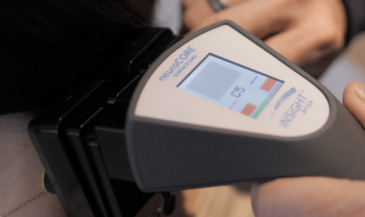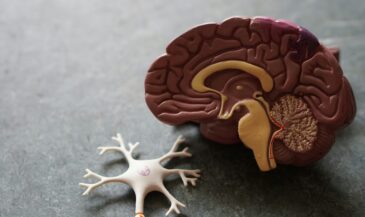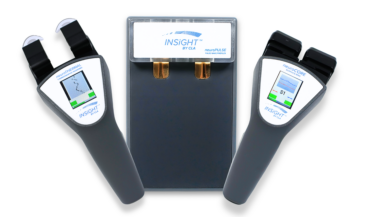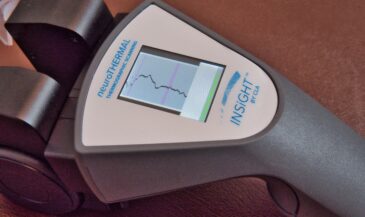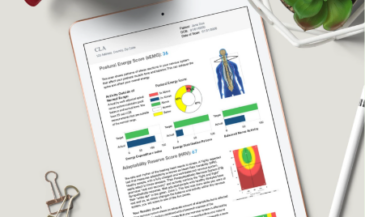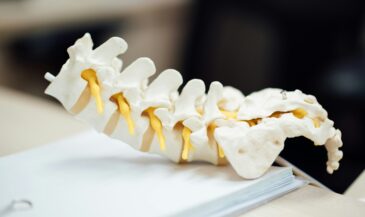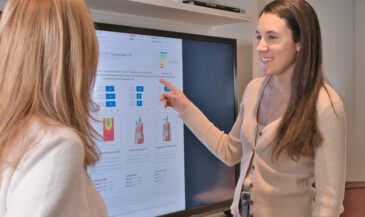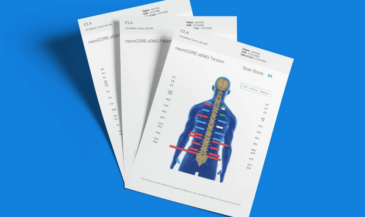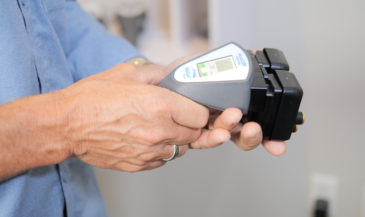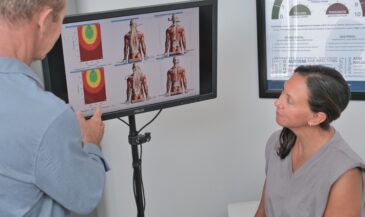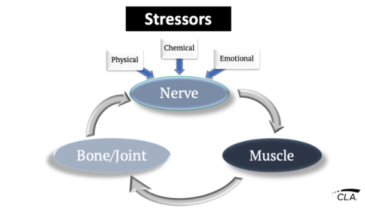Somatovisceral relationships have been described in the medical literature of the early 20th century, and related to “minor curvatures” affecting specific levels of the spine. Winsor (1) examined 50 cadavers with disease in 139 organs, and found “curve of the vertebrae” belonging to the same sympathetic segments as the diseased organs 128 times. In 10, an adjacent segment was involved.
Similar findings were reported in living patients by Ussher (2), who suggested that the spinal abnormality could be the cause of the attendant visceral disorder. Radiography could be used to assess alterations in spinal curves as well as malpositioning of a vertebra, and Ussher urged “a careful neurological examination assisted by roentgenograms of the spine” when needed for differential diagnosis.
Several authors have reported a relationship between spinal osteophytes and visceral disease. Bruckman (3) discussed the relationship between cervical spondylosis and coronary infarction. Snyder, Chance and Clarey (4) reported the presence of exostoses of the seventh or eighth thoracic vertebrae in 90% of post-mortem examination in patients with gallbladder disease. These findings were confirmed by Burchett (5) who examined sixty-one hospital patients radiographically. Segmental vertebral lipping between the seventh and tenth thoracic segments was found in 88% of patients with gallbladder disease. In patients with stomach disease, Burchett also noted the presence of spinal osteophytes at T9-T11 in 82% and at T5-T7 in 45%. 64% of patients with pancreatic disease demonstrated osteophytes, mostly at T8-T10. 31% of patients with duodenal disease had osteophytes at T9-L2.
Giles (6) examined the lumbosacral spines of three elderly cadavers to determine the anatomical relationships between osteophytes and autonomic nerves and ganglia. It was concluded that motion segment osteophytosis may affect viscera via the autonomic nervous system.
Although the relationship of spinal abnormalities to visceral disorders is not clear cut, correlation of radiographic, instrumentation, and clinical findings may enable the chiropractor to better define this relationship in a given patient.
References
1. Winsor H: “Sympathetic segmental disturbances — II.” The Medical Times 1921;49:267.
2. Ussher NT: “Spinal curvatures — visceral disturbances in relation thereto.” Calif West Med 1933;38:423.
3. Bruckman W: “Spondylotic change of the cervical spine and coronary infarction.” Deutsche Medizinische Wochenschrift 1956;44:1740.
4. Snyder GE, Chance JA, Clarey JK: “Postmortem studies of viscerosomatic relationships.” JAOA 1966(5)65:995.
5. Burchett GD: “Segmental spinal osteophytosis in visceral disease. JAOA 1968;67(6):675.
6. Giles L: “Paraspinal autonomic ganglion distortion due to vertebral body osteophytosis: a cause of vertebrogenic autonomic syndromes?” J Manipulative Physiol Ther 1992;15(9):551.





